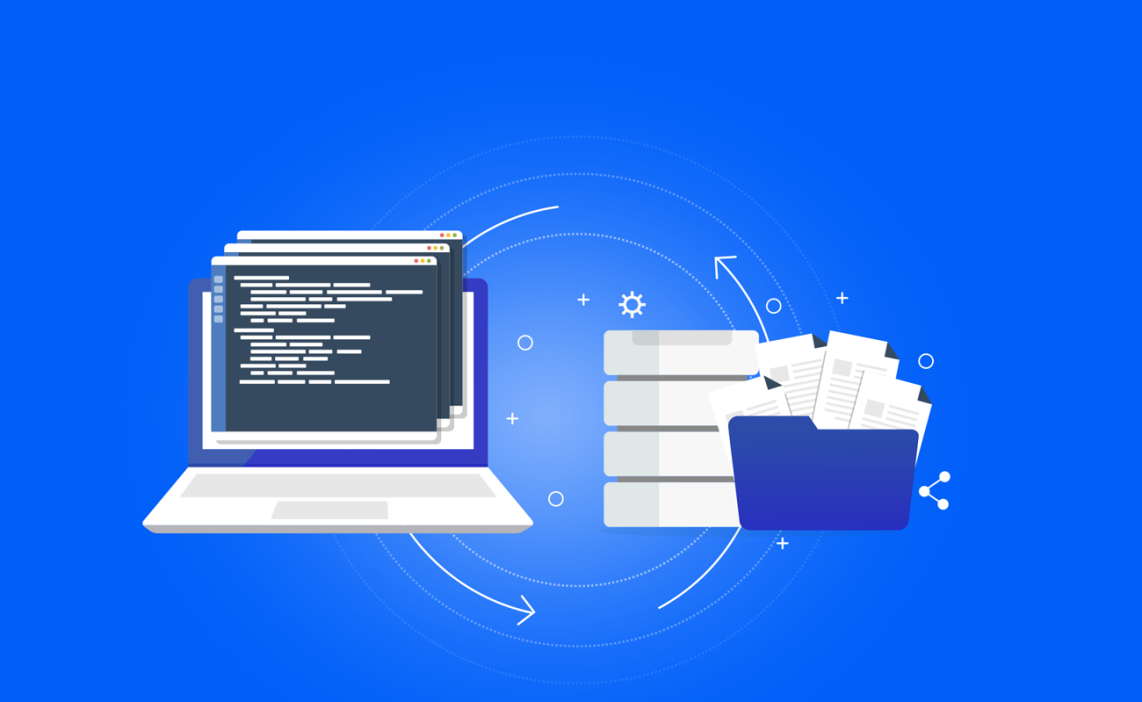Are you delving into the fascinating world of web scraping? Or perhaps you’re already familiar with extracting data from a website but are searching for ways to optimize your approach. Either way, you’re in the right place.
Introducing the basics of web scraping: its challenges and solutions. Learn how to overcome these hurdles and build high-performance web scrapers.
What is web scraping?
Web scraping, at its core, involves extracting specific data from a web page. It’s a vital technique that enables you to automate the data collection process, saving you countless hours of manual work. Web scraping tools are used to extract information, ranging from real estate listings to market research data, making it a crucial technique in fields like machine learning and artificial intelligence.
How do web scrapers work?
Web scrapers operate in a series of well-defined steps that involve making HTTP requests, receiving server responses, and parsing the resulting data. Here’s a technical breakdown of the process:
Sending HTTP requests: The scraper sends an HTTP GET request to the URL of the targeted webpage. This request is similar to what a web browser does when you navigate to a webpage.
Receiving server responses: The server hosting the webpage responds to the request with an HTTP response containing the HTML content of the page.
Parsing HTML: The scraper then parses the HTML content using a parsing library or functions specific to the programming language being used. Our goal is to form a DOM tree. This tree is an organized expression of the HTML elements on the page.
Data extraction involves the navigation of the DOM tree. Elements are identified and extracted based on their HTML tags, classes, or IDs. Data is extracted and stored in a structured format, like a CSV file, a database, or a JSON file. This data can then be used for processing or analysis.
This process can be repeated for multiple pages to gather large amounts of data. More advanced scrapers may also interact with JavaScript on the page, handling events like clicks or scrolls to access dynamic content.
The intricacies of web scraping: challenges explored
Web scraping, as we’ve discussed, isn’t without its hurdles. Let’s delve deeper into the complexities of scraping data from websites. This will help us better understand and prepare for our challenges.
Here are a few potential challenges for web scraping and solutions to these challenges that you need to be aware of:
Bot permission
Challenge: it’s essential to ascertain whether a website allows scraping. If a site’s robots.txt disallows scraping, carrying out this activity could lead to legal consequences.
Solution: always consult a site’s robots.txt before initiating a web scraping process. If the site disallows scraping, consider contacting the website owner to request permission, detailing your scraping objectives. If consent is not given, looking for alternative websites with similar data and allowing scraping is best.
Diverse and variable web page structures
Challenge: web page structures are often built with HTML and may vary significantly due to designers’ unique standards. Furthermore, websites frequently update their content, altering the web page structure and potentially making your scraper ineffective.
Solution: build your scraper with adaptability in mind. This could mean developing a modular structure that allows for easy adjustments when dealing with minor modifications on the website. Alternatively, consider using advanced web scraping tools that utilize machine learning to adapt to changes in website structures.
IP blocking
Challenge: websites typically deploy IP blocking to hinder web scrapers from accessing their data. This usually happens when the site identifies multiple requests from a single IP address.
Solution: leverage IP proxy services when developing your scraper. Services can help you avoid IP blocks. They do this by rotating your IP address. This makes it more difficult for websites to identify and block your web scraping activities.
CAPTCHA
Challenge: CAPTCHA is frequently used to distinguish between human users and bots. It often uses simple images or puzzles for humans to solve but is challenging for scrapers.
Solution: implement CAPTCHA solver services within your scraper. While this might somewhat decelerate your scraping speed, it ensures consistent data extraction.
Honeypot traps
Challenge: website owners might deploy honeypot traps, hidden links that are invisible to human users but visible to scrapers. If a scraper activates a honeypot, the website can block the scraper.
Solution: use intelligent scraping techniques or tools to identify and avoid honeypots, protecting your scraper from getting blocked.
Slow or unstable load speeds
Challenge: a website may respond slowly or fail to load when it receives a high volume of access requests.
Solution: build your scraper to handle delays in website response. Incorporate methods to detect and retry in case of timeouts or slow load times. This helps maintain the continuity of the scraping process.
Dynamic content
Challenge: some websites use AJAX for dynamic content updates, like lazy loading images or infinite scrolling. While user-friendly, it poses challenges for scrapers.
Solution: use web scraping tools that can mimic human interactions and handle AJAX content effectively. This allows scrapers to extract data from dynamic websites successfully.
Login requirements
Challenge: some websites may require login access to view specific data, posing a challenge for web scraping.
Solution: ensure your web scraper can handle cookies and sessions, simulating a logged-in user. However, comply with the website’s usage policy to avoid infringing on user privacy and legalities.
Real-time data scraping
Challenge: real-time data scraping is often necessary for activities like price comparison and inventory tracking. However, achieving this can be challenging due to requests and data delivery delays.
Solution: use efficient scraping tools or techniques, and develop your scraper to handle concurrent requests and data parsing, enabling real-time data acquisition. This can help maintain the accuracy and relevancy of your scraped data.
Conclusion
Web scraping is a powerful tool that can unlock vast amounts of data for analysis and insight. Scraping data, performing market research, and fueling AI/ML projects are achievable. The right tools and strategies can help you to do this efficiently.
